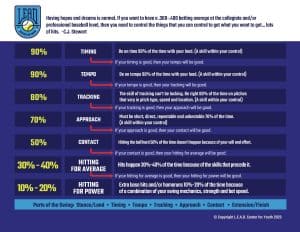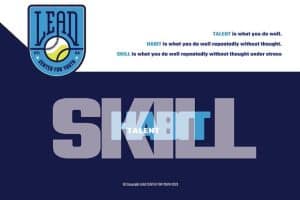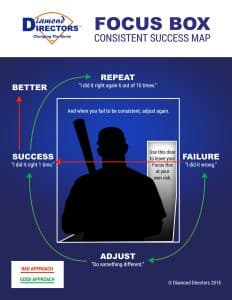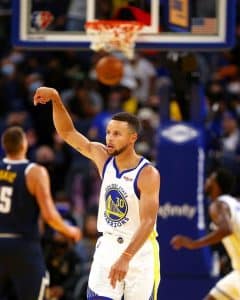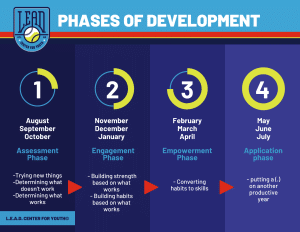
In his book, “Mental Toughness for Young Athletes (Parent’s Guide),” Troy Horne talks about engraving techniques.
When I was eight, I fell in love with baseball. I’d watch Chicago Cubs baseball games on WGN, and then I would go outside and mimic my favorite player, Gary “The Sarge” Matthews. I copied his stance with every rock that I hit over the fence using a broomstick. I really thought I was playing in Wrigley Field.
In my teens, I wanted to “Be Like Mike.” I learned how to walk like Michael Jordan. I shaved my head bald like him and shot jumpers for hours trying to play like him.
This is what engraving is all about. It is a missing important part of development for a lot of baseball players today.
There are three major learning styles that includes:
- Visual – I need to see it being done
- Auditory – I need to hear it and discuss it to get it
- Kinesthetic – I need to do it
My dominant learning style is visual and I struggle the most with auditory.
As an adult, I’m not much of a golfer, but put me on a foursome with some ballers, and I regularly find success as I imitate my way to being able to play.
Here are a couple excerpts from an “Andscape” article by Hank Aaron, who I believe speaks to what engraving is:
“When I was growing up in Mobile, Alabama, I taught myself how to hit by swinging at bottle caps with a broomstick. When you don’t have a lot, you take it upon yourself to learn how to do things, to discover what you are capable of. But I never thought I was developing some kind of special talent by learning how to hit bottle caps. It’s just what we had available. My friend, Cornelius Giles, who is no longer with us, would pitch the bottle caps to me. Or I would toss them up myself. We would do this all day long.”
“The first professional baseball game I saw was when the Clowns came to Mobile when I was fourteen, in 1948. They were playing against little scrap teams that were put together from players in Mobile. I was excited by what I saw on the field, but I also had an important realization that day. I knew I could play on the same level as those guys. I could compete on a professional level.”
Engraving is not about seeing something and simply saying that you want to do it. It is sacrificially studying the techniques and tactics, and then tapping into your kinesthetic learning style for execution which requires commitment and discipline.
If I was eight years old today, here are the hitters I would mimic so that I could become great:
- Ronald Acuña is extremely athletic as a hitter. Being athletic doesn’t mean that you lack technique. For me it means that you can get things if/when you don’t have enough technique.
- Mookie Betts has a cool, calm and calculated mental and physical approach at the plate. His confidence makes him a viable threat to hit a lot of balls over the fence.
- Bryce Harper hits with passion. He’s like a Ferrari that seems to always be tuned up and has a full tank of gas.
These men have the tactical and the technical skills.
There are seven parts to the swing and it takes 3,000 reps per part to build a habit.
- Stance/Load
- Timing
- Tempo
- Tracking
- Approach
- Contact
- Extension/Finish
Which parts of your swing are habits that you can depend on?
How much fuel is in your athletic tank like Acuna?
Cool, calm and calculated like Mookie?
Passion like Bryce?
TUNE IN to study these men during the MLB Postseason.
For more information, visit L.E.A.D. Center for Youth today.
C.J. Stewart has built a reputation as one of the leading professional hitting instructors in the country. He is a former professional baseball player in the Chicago Cubs organization and has also served as an associate scout for the Cincinnati Reds. As founder and CEO of Diamond Directors Player Development, C.J. has more than 22 years of player development experience and has built an impressive list of clients, including some of the top young prospects in baseball today. If your desire is to change your game for the better, C.J. Stewart has a proven system of development and a track record of success that can work for you.

